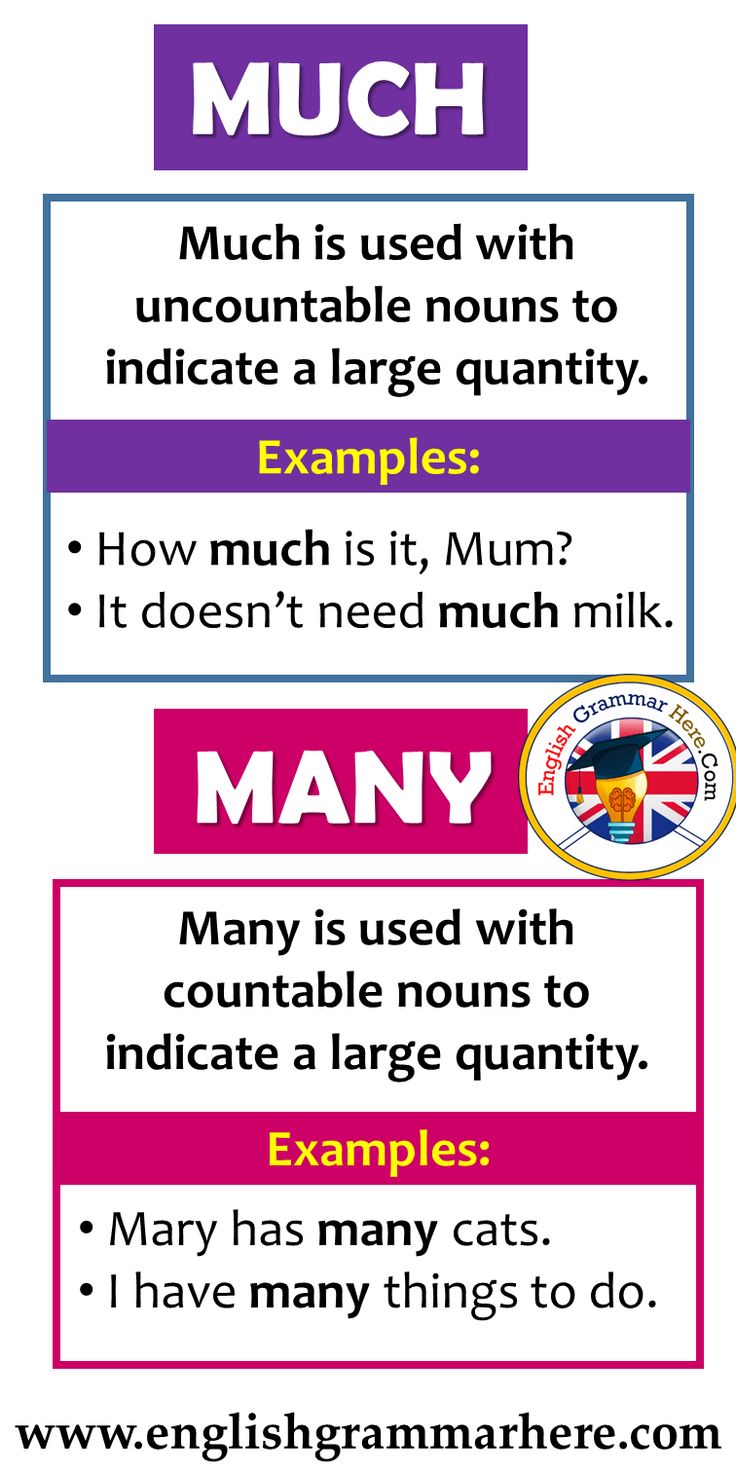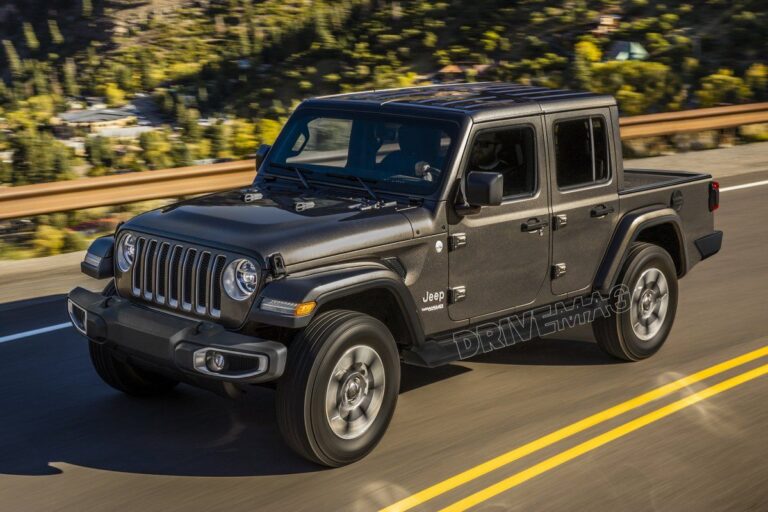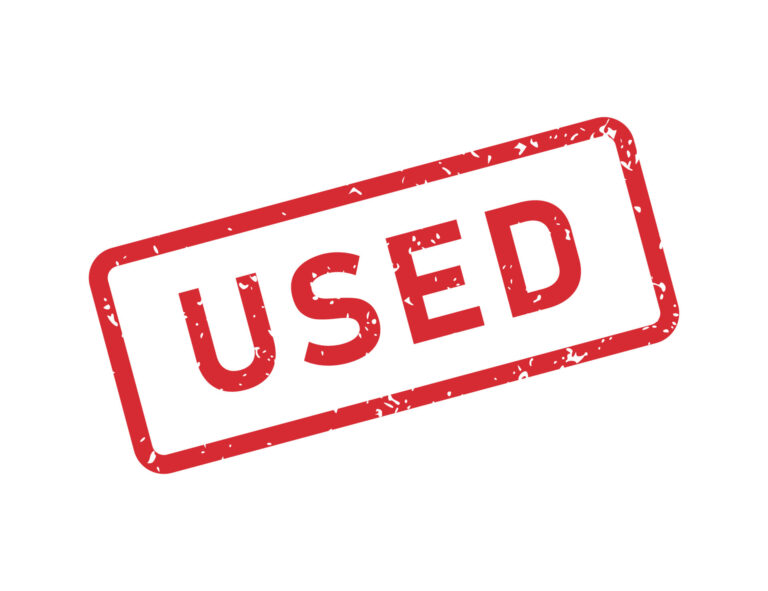How Much Oil Does A 2012 Jeep Wrangler 3.6 Take: A Comprehensive Guide to Maintaining Your Pentastar Engine
How Much Oil Does A 2012 Jeep Wrangler 3.6 Take: A Comprehensive Guide to Maintaining Your Pentastar Engine jeeps.truckstrend.com
The iconic Jeep Wrangler, especially the 2012 model year equipped with the robust 3.6L Pentastar V6 engine, is a vehicle built for adventure, rugged reliability, and lasting performance. To ensure your Wrangler continues to conquer trails and daily commutes for years to come, one of the most fundamental and critical maintenance tasks is understanding and managing its engine oil. But how much oil does a 2012 Jeep Wrangler 3.6 take? This seemingly simple question opens the door to a comprehensive understanding of proper lubrication, the right oil specifications, and the best practices for maintaining your engine’s health.
This article will serve as your definitive guide, delving into the precise oil capacity, the crucial role of engine oil, how to choose the right type, a step-by-step oil change tutorial, and much more. By the end, you’ll be equipped with the knowledge to keep your 2012 Jeep Wrangler’s heart beating strong and true.
How Much Oil Does A 2012 Jeep Wrangler 3.6 Take: A Comprehensive Guide to Maintaining Your Pentastar Engine
The Core Question: Oil Capacity of the 2012 Jeep Wrangler 3.6L
Let’s cut straight to the chase: The 2012 Jeep Wrangler with the 3.6-liter Pentastar V6 engine requires approximately 6 U.S. quarts (approximately 5.7 liters) of engine oil when performing an oil change, including the replacement of the oil filter.
It’s crucial to understand that this capacity accounts for a complete drain and filter replacement. While 6 quarts is the specified amount, it’s always best practice to add about 5.5 quarts initially, start the engine briefly to circulate the new oil, shut it off, wait a few minutes for the oil to settle, and then check the dipstick. Top up gradually as needed until the oil level registers within the "safe" or "full" range on the dipstick. Overfilling can be just as detrimental as underfilling, so precision is key.
Why Proper Oil Level and Type Matter: Beyond Just Enough
Engine oil is the lifeblood of your vehicle, performing multiple vital functions that extend far beyond simple lubrication. For the sophisticated 3.6L Pentastar engine, using the correct amount and type of oil is paramount for its longevity and optimal performance.
- Lubrication: The primary role of engine oil is to create a thin film between moving metal parts (like pistons, crankshaft, camshaft, and valves) to reduce friction and wear. Without adequate lubrication, these components would grind against each other, leading to rapid wear and catastrophic engine failure.
- Cooling: As engine parts move, they generate significant heat. Engine oil absorbs this heat from internal components and carries it away, dissipating it as it circulates through the oil pan and cooler (if equipped). This helps maintain optimal operating temperatures.
- Cleaning: Engine oil contains detergents and dispersants that help clean the internal components. It picks up contaminants like carbon deposits, sludge, and microscopic metal particles, holding them in suspension until they can be trapped by the oil filter or removed during an oil change.
- Sealing: Oil helps create a seal between the piston rings and cylinder walls, preventing combustion gases from escaping past the pistons and maximizing engine compression and power.
- Corrosion Protection: Engine oil contains additives that protect internal metal surfaces from rust and corrosion, which can be caused by moisture and acids that form during the combustion process.

Ignoring proper oil levels or using the wrong type of oil can lead to reduced fuel efficiency, decreased engine performance, premature wear, and ultimately, costly repairs.

Choosing the Right Oil: Specifications for Your Pentastar
The 3.6L Pentastar engine is designed to operate with specific oil properties. Using the correct oil is not optional; it’s a requirement for optimal performance and to maintain your warranty.
- Viscosity (Weight): For the 2012 Jeep Wrangler 3.6L, the manufacturer (Chrysler/Jeep) explicitly recommends SAE 5W-20 engine oil. The "5W" indicates the oil’s viscosity at low temperatures (W for winter), ensuring easy starting and circulation in cold weather. The "20" indicates its viscosity at operating temperature. Adhering to this viscosity is critical for proper lubrication and fuel economy.
- API Certification and Chrysler Specification: Beyond viscosity, the oil must meet specific industry and manufacturer standards. Look for oils that are API SN (or newer, e.g., SP) certified. More importantly, ensure the oil meets or exceeds Chrysler Material Standard MS-6395. This specification ensures the oil contains the necessary additives and performance characteristics for your Pentastar engine.
- Synthetic vs. Conventional: While conventional oils meeting the specifications might suffice, synthetic or synthetic blend oils are highly recommended for the Pentastar engine. Synthetic oils offer superior protection, better flow in extreme temperatures, improved cleaning properties, and extended drain intervals compared to conventional oils. Given the demanding nature of a Jeep Wrangler, the added protection of synthetic oil is a wise investment.

Recommended Brands: Reputable oil brands that typically meet these specifications include Pennzoil (often the factory fill and recommended brand), Mobil 1, Valvoline, Castrol, Royal Purple, and Amsoil. Always double-check the label to confirm it meets SAE 5W-20 and Chrysler MS-6395.
The Oil Filter: A Crucial Companion
The oil filter is just as important as the oil itself. For the 3.6L Pentastar engine, the 2012 Jeep Wrangler uses a cartridge-style oil filter located on top of the engine, usually near the front.
- Importance: The filter removes contaminants (dirt, metal particles, sludge) from the oil as it circulates, preventing them from causing damage to engine components. A clogged or inefficient filter can starve the engine of clean oil.
- Replacement: The oil filter must always be replaced every time you change the engine oil. Reusing an old filter, even if it looks clean, will compromise the integrity of your new oil.
- Brands: Use a high-quality filter. OEM Mopar filters are always a safe bet. Aftermarket brands like Wix, Mann-Filter, Bosch, K&N, and Fram (their higher-end models) are also reliable choices. Ensure the filter is specifically designed for the 3.6L Pentastar engine.
Step-by-Step Guide: Performing an Oil Change on Your 2012 JK
Changing the oil on your 2012 Jeep Wrangler 3.6L is a manageable DIY task for most enthusiasts. Here’s a detailed guide:
Tools and Materials You’ll Need:
- New 6 quarts of SAE 5W-20 engine oil (meeting MS-6395)
- New cartridge oil filter with new O-rings
- Oil drain pan (large enough for 6+ quarts)
- Socket wrench and appropriately sized socket for the oil drain plug (usually 13mm or 1/2 inch)
- Oil filter cap wrench (usually 24mm or 15/16 inch for the 3.6L Pentastar filter housing)
- Funnel
- Rags or shop towels
- Gloves (optional, but recommended)
- Jack and jack stands (optional, but makes access easier. Ensure vehicle is level if using them).
- Torque wrench (recommended for drain plug and filter housing)
Procedure:
-
Preparation:
- Warm up the engine: Drive the Jeep for 5-10 minutes to bring the oil to operating temperature. Warm oil drains more easily and carries more contaminants with it.
- Park on a level surface: Engage the parking brake and put the transmission in Park (automatic) or 1st gear (manual).
- Safety First: If raising the vehicle, use a hydraulic jack and secure it with sturdy jack stands. Never rely solely on a jack.
-
Drain the Old Oil:
- Locate the oil drain plug on the bottom of the oil pan, typically on the passenger side.
- Place your oil drain pan directly underneath the drain plug.
- Using your socket wrench, carefully loosen and remove the drain plug. Be prepared for the oil to come out quickly.
- Allow the oil to drain completely. This can take 10-15 minutes.
- Once drained, clean the drain plug and the area around the drain hole. Reinstall the drain plug, tightening it to the manufacturer’s specified torque (consult your owner’s manual, typically around 20 ft-lbs). Do not overtighten, as this can strip the threads.
-
Replace the Oil Filter:
- Locate the oil filter housing on top of the engine, usually near the front center. It’s a black plastic cap.
- Using your oil filter cap wrench, carefully loosen and remove the oil filter housing cap.
- Pull the old cartridge filter straight out from the cap.
- Remove the old O-rings from the filter housing cap and replace them with the new O-rings supplied with your new filter. Lubricate the new O-rings with a little fresh engine oil.
- Install the new cartridge filter onto the filter housing cap. It usually snaps into place.
- Carefully thread the filter housing cap back into its position on the engine. Hand-tighten until snug, then use your wrench to tighten it to the manufacturer’s specified torque (typically around 18 ft-lbs). Again, do not overtighten the plastic housing.
-
Add New Oil:
- Place a clean funnel into the engine’s oil filler neck (usually marked with an oil can symbol).
- Carefully pour in approximately 5.5 quarts of the new SAE 5W-20 engine oil.
- Remove the funnel and replace the oil filler cap.
-
Check Oil Level and Finalize:
- Start the engine and let it run for about 30 seconds to circulate the new oil and fill the filter.
- Shut off the engine and wait 5-10 minutes for the oil to settle back into the oil pan.
- Locate the engine oil dipstick (usually yellow or orange handle). Pull it out, wipe it clean with a rag, reinsert it fully, and then pull it out again to check the oil level.
- The oil level should be between the "MIN" and "MAX" marks (or the two dots/crosshatch area). If it’s below the full mark, add small amounts (e.g., 1/4 quart at a time), wait a few minutes, and recheck until the level is correct.
- Inspect underneath the vehicle for any leaks around the drain plug or oil filter housing.
- Properly dispose of the old engine oil at a certified recycling center or auto parts store.
-
Reset Oil Change Indicator (if applicable):
- For the 2012 Wrangler, the oil change indicator typically needs to be reset manually. The exact procedure can vary slightly but often involves turning the ignition to the "ON" position (without starting the engine), fully depressing the accelerator pedal slowly three times within 10 seconds, and then turning the ignition to the "OFF" position. Consult your owner’s manual for the precise steps.
Oil Change Intervals: When to Change It
For the 2012 Jeep Wrangler 3.6L, the manufacturer recommends oil changes based on the vehicle’s "Oil Change Indicator System" or at specific mileage/time intervals, whichever comes first.
- Oil Change Indicator System: Your Wrangler is equipped with an intelligent system that monitors driving conditions (temperature, engine RPM, load, short trips, etc.) and calculates the optimal oil change interval. When the "Oil Change Required" message appears, it’s time for a change.
- Fixed Intervals: If the indicator system is not working or if you prefer a fixed schedule, the general guideline is to change the oil every 8,000 to 10,000 miles (13,000 to 16,000 km) or every 6 to 12 months, whichever occurs first.
- Severe Driving Conditions: If your Wrangler is subjected to severe driving conditions (frequent short trips, towing, heavy off-roading, extreme temperatures, dusty environments), it’s advisable to shorten these intervals to around 4,000-5,000 miles (6,500-8,000 km) or every 3-6 months.
Regular oil changes are non-negotiable for engine health. The oil degrades over time and mileage, losing its lubricating and protective properties.
Common Mistakes and Troubleshooting
- Overfilling: Leads to aeration (foaming) of the oil, reducing its lubricating ability and potentially damaging seals. Can cause increased oil consumption and catalytic converter damage.
- Underfilling: Starves the engine of lubrication, leading to excessive friction, heat, and premature wear.
- Using Wrong Viscosity/Spec: Can lead to inadequate lubrication, increased wear, reduced fuel economy, and potential engine damage.
- Not Replacing Filter: Negates the benefit of new oil by immediately introducing contaminants from the old filter.
- Stripping Drain Plug/Filter Housing: Caused by overtightening. Always use a torque wrench if unsure.
- Not Checking for Leaks: Always inspect after an oil change to ensure the drain plug and filter housing are sealed properly.
Estimated Cost of a 2012 Jeep Wrangler 3.6L Oil Change
The cost of an oil change for your 2012 Jeep Wrangler 3.6L can vary significantly depending on whether you do it yourself (DIY) or have a professional service perform it, as well as the brands of oil and filter you choose. Here’s an estimated breakdown:
| Item | Quantity | Estimated Cost (per item) | Total Estimated Cost (DIY) | Total Estimated Cost (Professional Service) |
|---|---|---|---|---|
| Engine Oil (Synthetic 5W-20, MS-6395) | 6 Quarts | $8 – $12 per quart | $48 – $72 | Included in service charge |
| Oil Filter (Cartridge w/ O-rings) | 1 | $8 – $15 | $8 – $15 | Included in service charge |
| Labor (Professional Service) | N/A | N/A | N/A | $40 – $80+ |
| Misc. (Disposal, Shop Supplies) | N/A | $0 (DIY) / $5-$15 (Prof.) | $0 | $5 – $15 |
| Total Estimated Cost | $56 – $87 | $80 – $165+ |
Note: Prices are estimates and can vary based on location, brand, and current market conditions.
Frequently Asked Questions (FAQ)
Q: Can I use 5W-30 instead of 5W-20 in my 2012 Jeep Wrangler 3.6L?
A: No, it is strongly recommended to stick with the manufacturer’s specified SAE 5W-20. The Pentastar engine is designed for this specific viscosity, and using a thicker oil (like 5W-30) can lead to reduced fuel economy, increased wear, and potentially affect variable valve timing components.
Q: How often should I check my oil level?
A: It’s a good practice to check your oil level at least once a month, or before any long road trips. Regular checks help you catch any potential leaks or oil consumption early.
Q: What happens if I overfill my oil?
A: Overfilling can cause the crankshaft to churn the oil into a foam (aeration), which reduces its lubricating properties. This can lead to increased oil consumption, oil leaks, and potentially damage to engine seals and the catalytic converter. If you overfill, it’s best to drain some oil until the level is correct.
Q: Is it hard to change the oil myself on a 2012 Wrangler 3.6L?
A: No, it’s a relatively straightforward process. The top-mounted oil filter makes it easier than many other vehicles. With the right tools and a basic understanding, most DIYers can perform this task.
Q: Does the 2012 Wrangler 3.6L consume oil?
A: Some oil consumption is normal for any engine, especially with higher mileage. The 3.6L Pentastar engine is generally not known for excessive oil consumption, but it’s crucial to monitor your oil level regularly. Significant or sudden drops in oil level should be investigated.
Q: What’s the best brand of oil for my Jeep?
A: The "best" brand is subjective, but any reputable brand that meets the SAE 5W-20 viscosity and, critically, the Chrysler MS-6395 specification, will provide excellent protection. Pennzoil is often recommended as it’s a factory fill. Focus on the specifications more than just the brand name.
Concluding Summary
Understanding "How Much Oil Does A 2012 Jeep Wrangler 3.6 Take" is more than just knowing a number; it’s about embracing a fundamental aspect of vehicle care that directly impacts your Jeep’s performance and lifespan. Your 2012 Jeep Wrangler 3.6L requires approximately 6 quarts of SAE 5W-20 engine oil, specifically meeting the Chrysler MS-6395 standard, along with a new cartridge filter.
By diligently adhering to recommended oil types, capacities, and change intervals, whether you choose to perform the maintenance yourself or rely on a trusted professional, you’re investing in the longevity and reliability of your adventure-ready vehicle. Regular oil changes are the simplest yet most effective way to ensure your Pentastar engine remains a powerhouse, ready to take you wherever the road (or lack thereof) may lead. Keep it properly lubricated, and your Wrangler will keep conquering.




